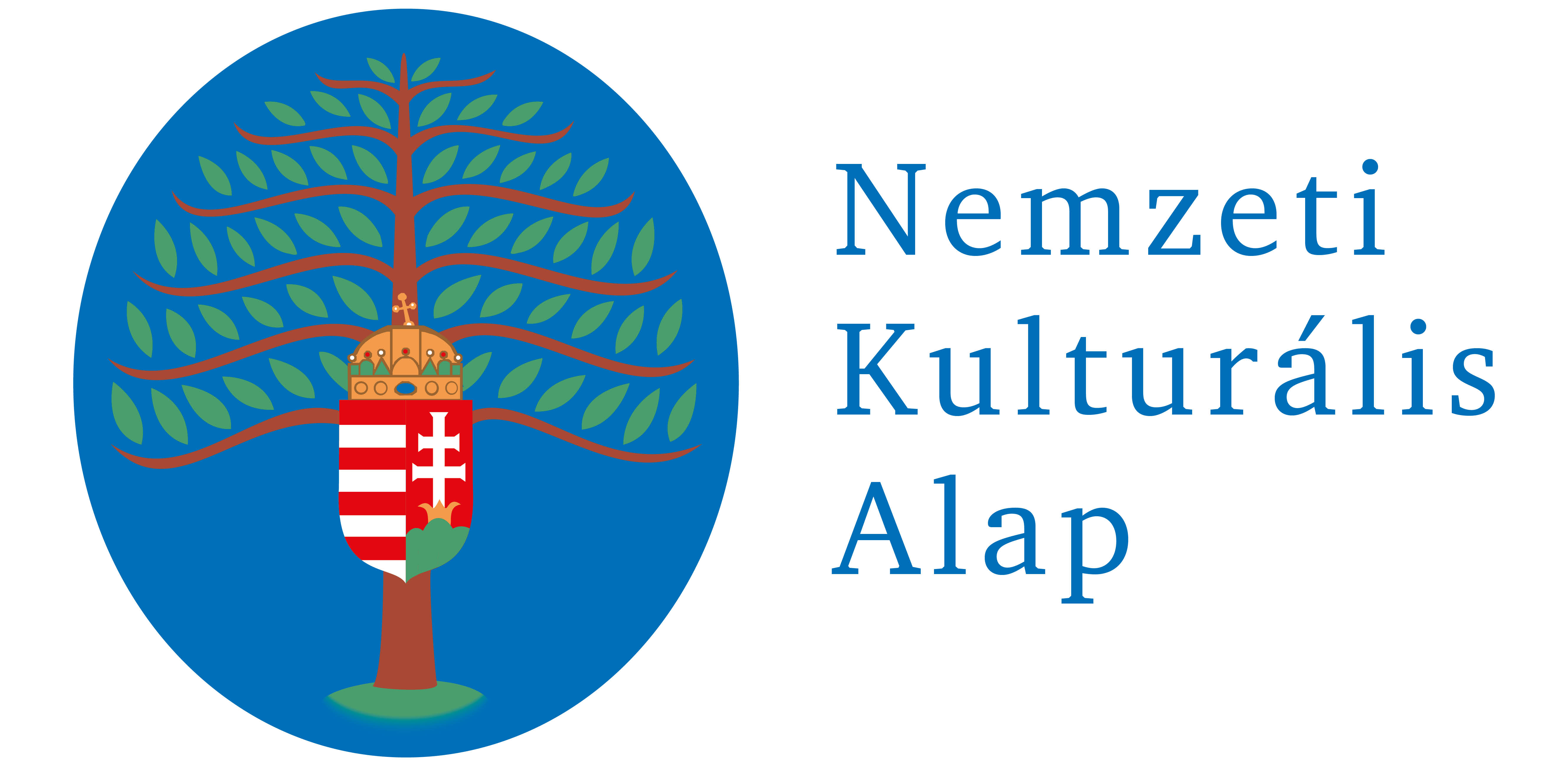Naptár
2024. április 15–19.
2024. április 20.
Eötvös József Kárpát-medencei középiskolai szónokverseny
2024. április 24. – május 3.
Tovább...
3. 2018.
Abstracts in English
Studies
Adamikné Jászó, Anna
The humour of argumentation and style in Gárdonyi’s novels – Part 1
This study provides an analysis of Géza Gárdonyi’s works from a rhetorical perspective and it shows the uniqueness of his style and humour. Rhetorical argumentation can be revealed in Gárdonyi’s works: there are a number of examples in the analyzed works as Gárdonyi’s characters are following people’s way of thinking. Examples, enthymemes and topos logic are frequently used while keeping primary orality; and the environment is revealed by enumeration and congeries. The characters’ personality development is in line with the linear structure of the novels and at the same time the use of the "underground stream technique” can also be noticed. This study shows examples mainly of Gárdonyi’s delicate humour based on the criteria of rhetorical analysis. The quoted examples can be used when teaching rhetorical argumentation, style, or word formation.
Murányi, Sarolta
From words to stories
The quality of communication is closely linked to the successfulness of our studies, work, and relations. Our linguistic competence determines our life and achievements unperceived – and we are evaluated based on this most of the time. This study introduces the characteristics of storytelling in kindergarten. It shows how fluent and independent text production is at this age. In this text analysis, some newly constructed indicators are included among the full set of research indicators – besides other aspects already known from previous research. Based on the findings, we might conclude that this competence influencing our life in the long run, needs to be developed consciously in kindergarten already. The development may prepare the successfulness of teaching composition writing and of independent text production, and finally, it may build adults’ self-confidence in communication situations.
Workshop
Keszy-Harmath, Dániel
Empirical studies about the TV show Teacher (A Tanár)
This study provides the analysis of teacher-student discourse in the TV show Teacher (A Tanár) based on the American psychologist Thomas Gordon’s model, introducing important elements of successful teacher communication. After recording the relevant scenes from season 1 of this popular TV show, the aim of this investigation was to introduce the communication barriers and I-Messages of the scenes. This study aims to find out how assertive communication is realized in the discourse of the two main characters within the analyzed conversational situations. In addition, it shows to what extent the picture depicted in the TV show reflects the reality of today’s Hungary in terms of teaching methods, facilities of the school, and the teachers’ personality.
Oláh, Frida
The development of spontaneous speech with the help of an interactive whiteboard
Today ICT is getting more and more popular in education. This is not surprising as ICT devices play a major role in everyday life. Changes in the world have an effect on students as well, therefore, teachers should consider using new tools and methods. This study introduces why, how and for what to use ICT at school and it introduces exercises with the interactive whiteboard as well as exercises for students’ own devices. These exercises help students’ speech development unnoticed, while they also include the learning materials of Hungarian language and literature. Besides, they are easy to build into everyday teaching practice and most of them develop cooperation skills, too. Their motivating effect cannot be ignored either, as students participate most in lessons where ICT devices are used.














